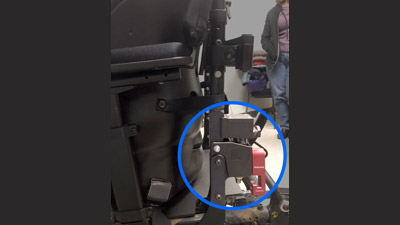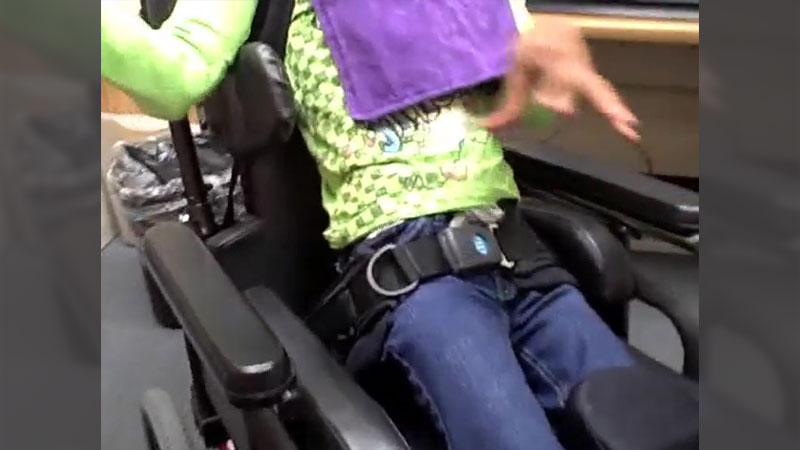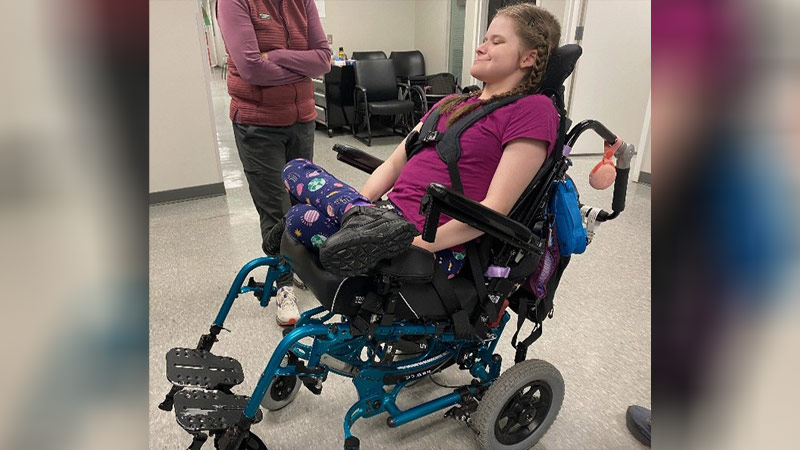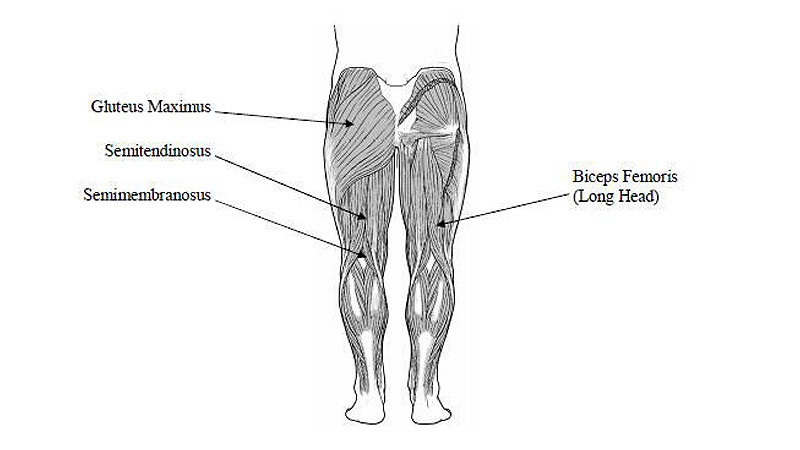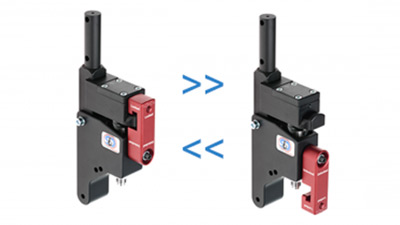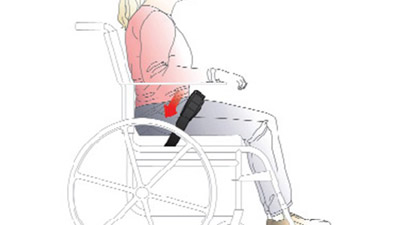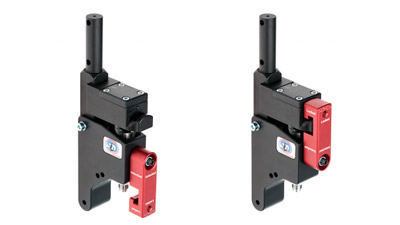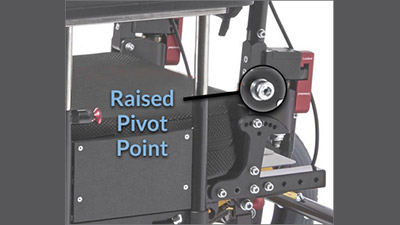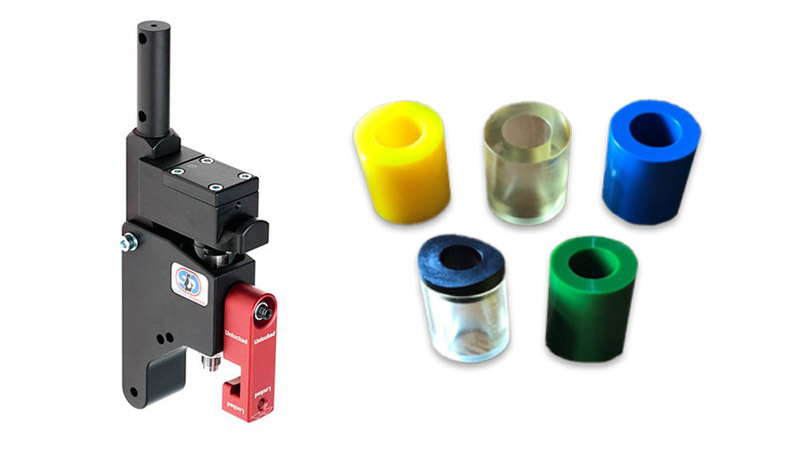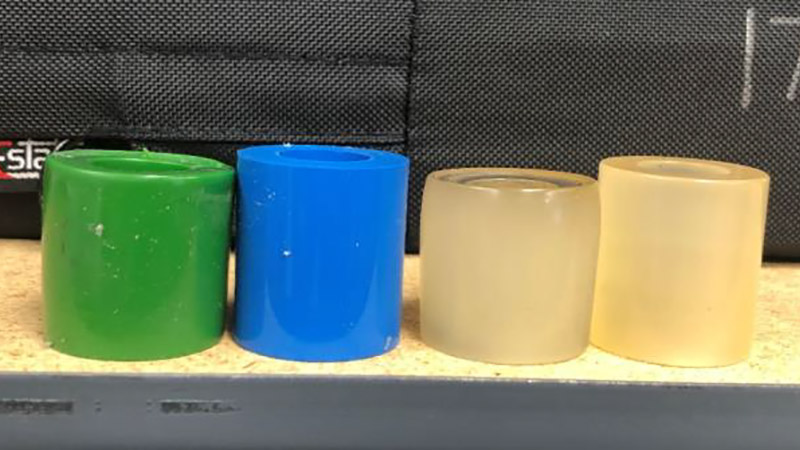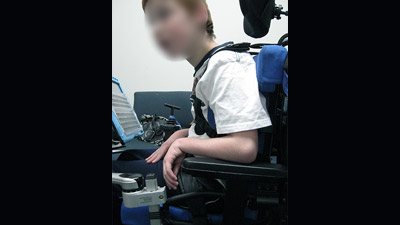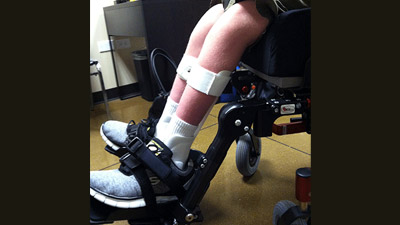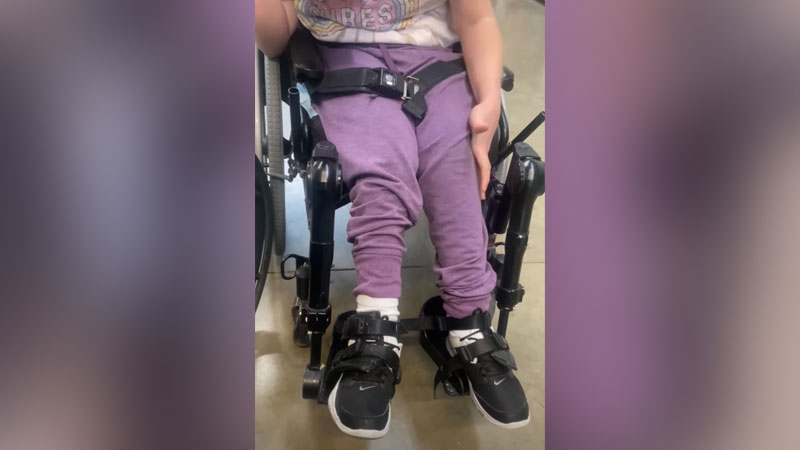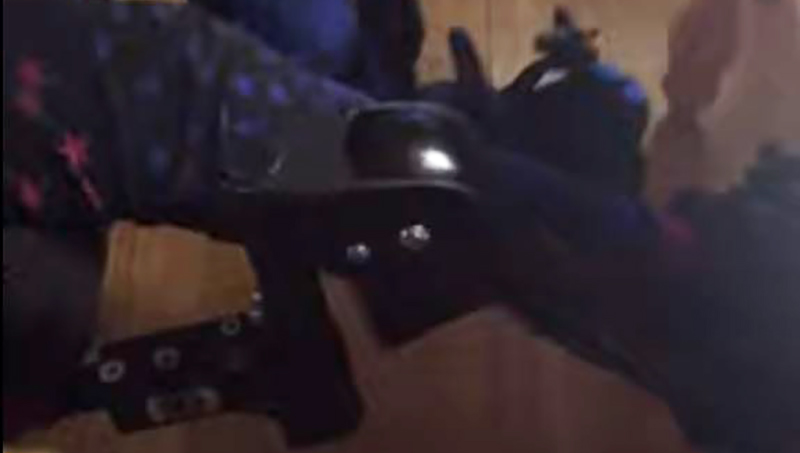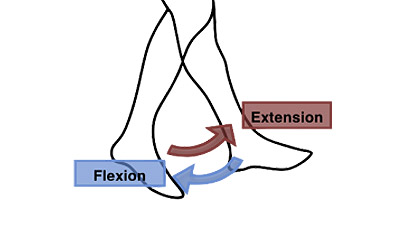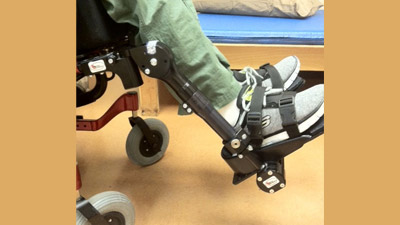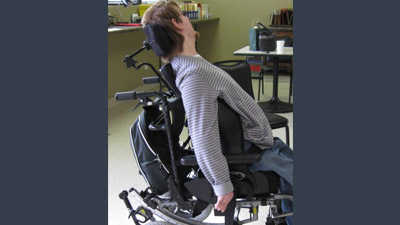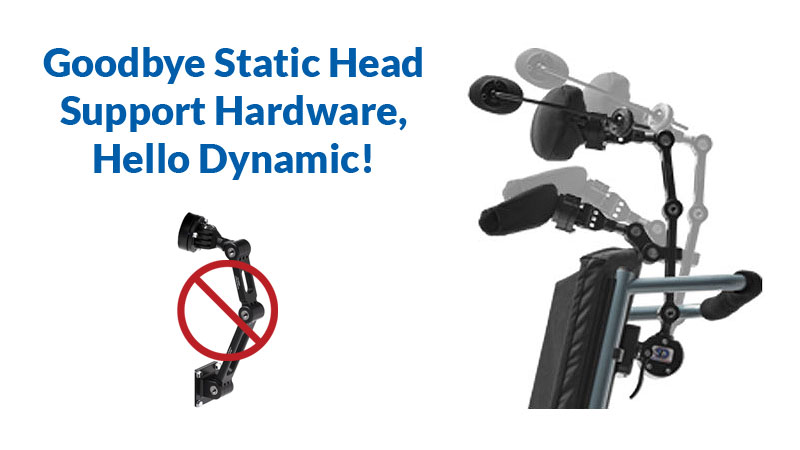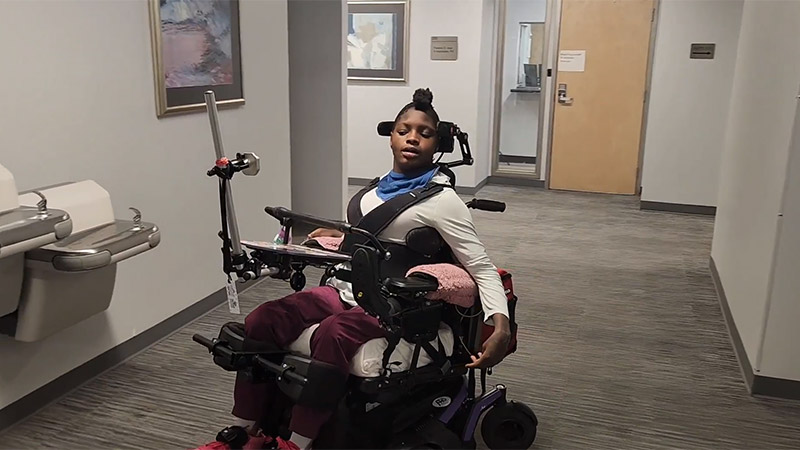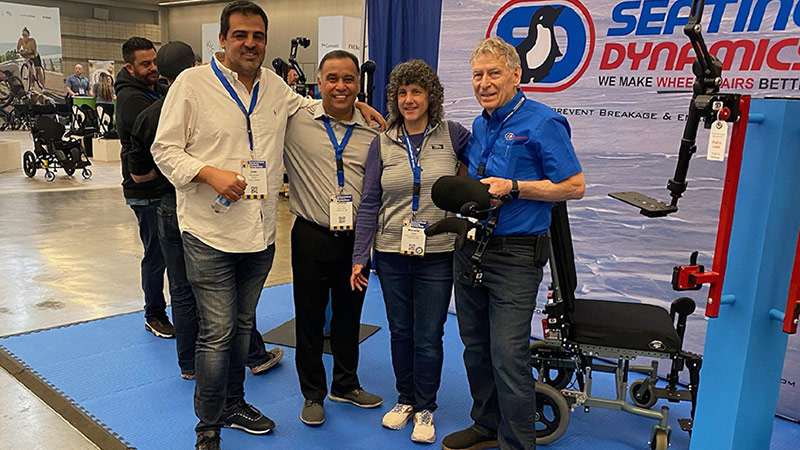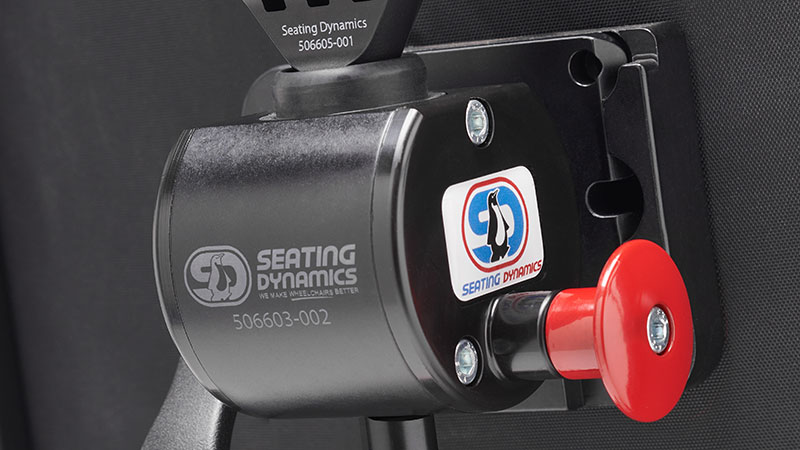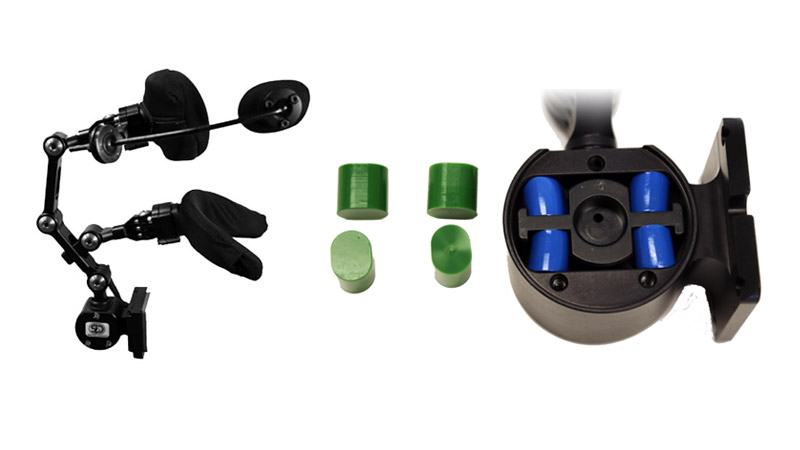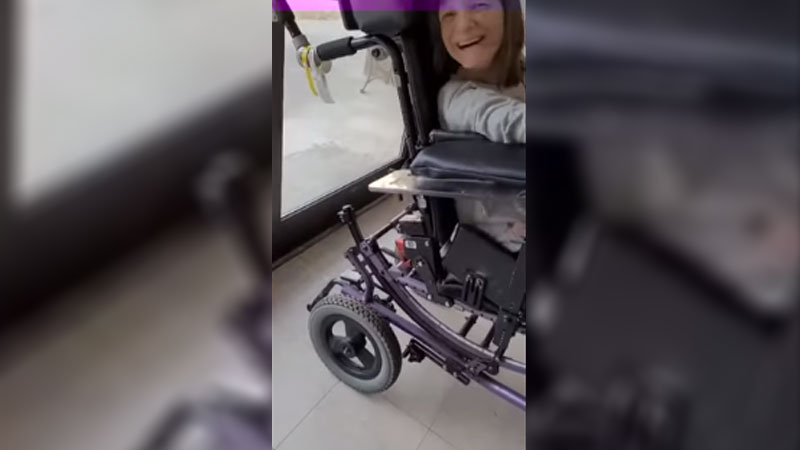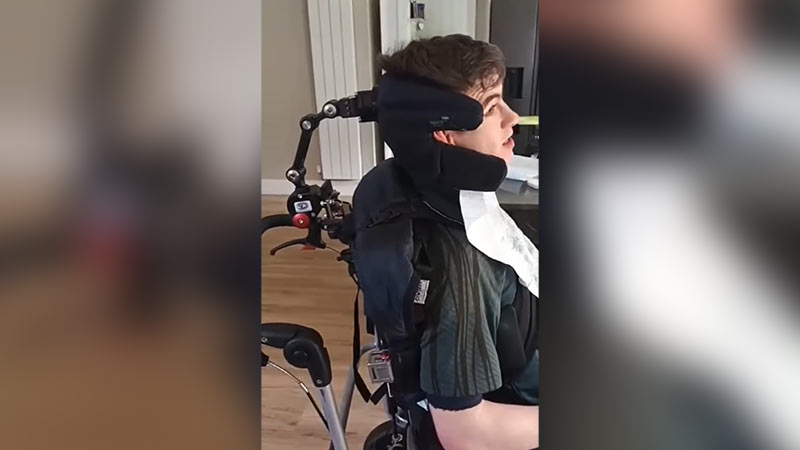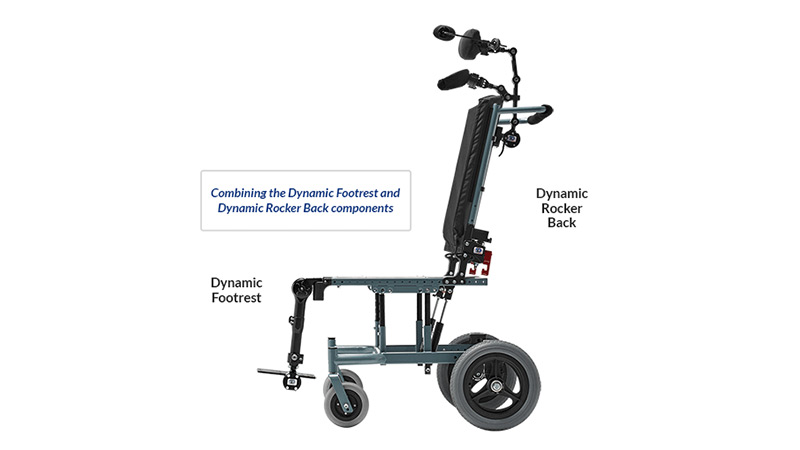Dynamic Seating at the Pelvis
Allowing Movement Of The Pelvis Without Loss Of Position
Seating Dynamics explains how dynamic pelvic components allow clients to tilt their pelvis forward and return upright to a neutral position.
FAQ: What Happens to Posture with Hip Extension?
In a recent Seating Dynamics webinar, Maintaining Posture by Providing Movement, OT Michelle Lange asks the participants to extend at their hips while sitting and to note what changed in their posture.
Alex – keep those wheels on the floor!
In this blog, we shall explore solutions for clients whose strong movements are actually lifting the casters right off the floor.
Review of Hip Musculature and Impact of Dynamic Back Design
A whopping 21 muscles cross the hip – and I’m absolutely certain I can’t name them all. These muscles provide movement in 3 planes and provide stability between the femur and acetabulum (the hip joint).
Wheelchair Seating Surfaces, Cushions & Dynamic Seating
Can a Dynamic Back be used with any type of seat? Does the movement allowed by this component limit what seating surface can be used? This is an important consideration. A seat or cushion is typically designed to support the pelvis and provide pressure distribution when the client is in a static position. Dynamic seating gets things moving!
Bread and Butter: Dynamic Backs and Pelvic Positioning Belts
Michelle Lange discusses why it is critical to use a pelvic positioning belt with a Dynamic Back and how to address objections in a restraint-free environment.
The Dynamic Rocker Back Interface: when should I lock it out?
The Dynamic Rocker Back Interface (DRBi) is a Dynamic Back that moves in response to client force. The elastomers in this Dynamic Back then return the client to an upright position. Some Dynamic Seating components “lock-out” or “latch” to temporarily render the component static. When should the DRBi be locked out?
Dynamic Seating at the Trunk
3 Reasons to Provide Dynamic Posterior Movement of the Trunk and Pelvis
Seating Dynamics explains how a dynamic back rest provides clients with posterior trunk and pelvis movement.
Dynamic Rocker Back interface – Factors which contribute to elastomer wear Part 1
How do the Elastomers in the Dynamic Rocker Back interface work? Let’s start with Seating Dynamics DRBi elastomer basics.
Dynamic Rocker Back Interface – Indicators that the elastomers need to be changed Part 2
The elastomers in a Dynamic Rocker Back interface (DRBi) are designed to absorb client forces, store force as energy, and use that energy to return the client to upright sitting.
Dynamic Seating Provides Anterior Movement Of The Trunk – Part 2
Our last blog addressed dynamic seating used to provide posterior movement of the trunk. Anterior movement of the trunk can also be facilitated.
Dynamic Seating at the Legs
3 Reasons to Provide Movement at the Knee
Seating Dynamics explains the importance of dynamic wheelchair footrests that allow movement at the knee to reduce client injury and wheelchair damage.
Kristen Extends and Maintains Position
Kristen is a young woman with the diagnosis of cerebral palsy. Kristen extends her body with force, particularly at her legs. She has a long history of breaking her wheelchair footrests secondary to this extension.
FAQs about the Seating Dynamics One-Piece Footboard
Depending on available range of motion or contractures of the knee and ankle joints, a client’s foot position may not align with a standard foot plate position. A One-Piece Footboard provides a wider surface to accommodate unique foot placements.
Dynamic Footrest Hangers – It’s All In The Design
Allowing movement at the knee is more complicated than it sounds. When a client extends at the knee, this movement is not just in one plane. In other words, the foot doesn’t simply slide forward. The foot follows an arc, forward and upward.
Peanut Butter and Jelly: Dynamic Footrests and Securing the Feet
In a recent blog, we discussed how, just like Bread and Butter, use of a Dynamic Back requires the use of a Pelvic Positioning Belt to maintain the position of the pelvis during movement of the Dynamic Back. Well, just like Peanut Butter and Jelly, use of Dynamic Footrests requires the feet to be secured in order for client forces to activate this dynamic component.
- « Previous
- 1
- 2
Dynamic Seating at the Head
3 Reasons to Allow the Neck to Extend
In previous blogs, we have discussed clinical indicators for providing dynamic movement at the hips and knees. Another location dynamic movement can be provided is at the neck through Dynamic head support mounting hardware.
Positioning the Head: some general strategies
Many wheelchair users have decreased head control and may sit with the head in a suboptimal position. An upright and aligned head position is critical for vision, breathing and swallow. Numerous strategies may be employed to optimize head control and position.
Complex Head Position, Dynamic Seating, and Funding!
We answer a question about concern for funding approval for a dynamic head support when client has broken multiple headrests to date.
Goodbye Static Head Support Hardware, Hello Dynamic!
Seating Dynamics has decided to discontinue the Static Head Support Hardware in February of 2025. Find out why.
Naomi Drives Power Wheelchair with Dynamic Seating Assist
Naomi shows us how her Dynamic Seating Head Support makes driving her wheelchair now possible.
International Seating Symposium 2023
Seating Dynamics was happy to exhibit at the 38th International Seating Symposium (ISS) this year in Pittsburgh! With approximately 2500 participants from 35 countries and over 100 exhibitors, the Convention Center was busy!
Lock Out Feature | Dynamic Head Support for Wheelchairs
The Dynamic Head Support for wheelchairs can now be locked-out to limit head movement when desired, such as during transportation. Learn more about this helpful feature.
Does the Dynamic Head Support Hardware Require Maintenance?
In prior blogs, we addressed Dynamic Rocker Back interface maintenance and Dynamic Footrest maintenance. Today, we turn our attention to the Seating Dynamics Dynamic Head Support Hardware.
Dyllie: Dynamic Seating Head, Back and Foot Components
Dyllie is a 25 year old man with the diagnosis of cerebral palsy who has been using Seating Dynamics Dynamic Footrests (telescoping, elevating, and plantar/dorsi flexion), Dynamic Rocker Back, and Dynamic Head Support Hardware for 8 months.
Ashley: Dynamic Seating, Dystonia & Equipment Breakage
Ashley exhibits large and forceful movements (dystonia) which have led to injury to her legs and damage to the wheelchair. Dynamic Seating, at the head, back and legs, allows her to move easily and safely.
Lochlann’s New Dynamic Head Support Diffuses His Strong Neck Extension and Rotation
Lochlann has strong extension and dystonia and also seeks out movement. A dynamic back and dynamic head support diffuse these forces and allow movement.
Combining Dynamic Seating Components
Using Multiple Dynamic Seating Components on a Wheelchair
Dynamic components can be used individually, however combining these components can often maximize the impact Dynamic Seating can make and better meet the client’s needs.

